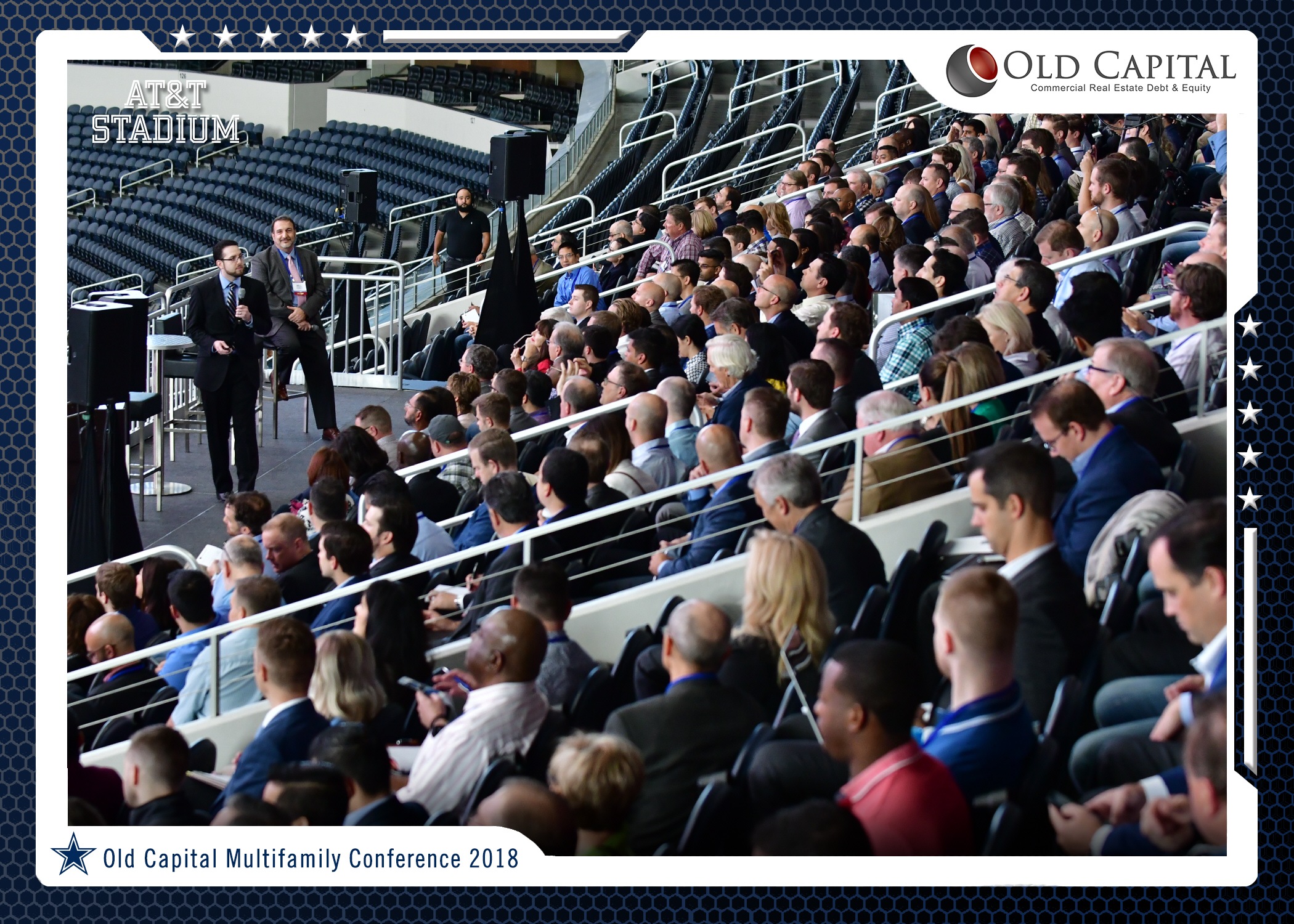Over 40 DFW multifamily deals have been listed in Q1 2018, and most have been getting under contract in the last month. I wanted to share the top 7 things that are separating the winning bids from all the “2nd place” bids this year.
1) Pricing- Most deals do not have a listed price, but the listing broker typically has a “whisper price” that they are trying to target. There are 2 schools of thought:
a. Some brokers start with a low whisper price to get interest from as many buyers as possible, but then end up going through multiple best and final offers to drive the contract price above the whisper price.
b. Other brokers start with a higher whisper price and expect potential buyers to be at or near that higher whisper price in their initial LOI. Buyers feel they are getting a “deal” as it is below the initial whisper price.
A strong price in the LOI is needed to get you into best and final, but the other items below often determine who actually wins the deal as the final bidders are typically separated by less than $50,000.
2) Hard Money- In DFW multifamily, non-refundable earnest money has become the norm. Most successful buyers in today’s market deposit 1-2% of the purchase price with the title company at execution of the purchase and sale agreement, and then deposit another 1-2% of the purchase price after the due diligence period, which is typically 14-21 days after the purchase and sale agreement has been executed.
A couple recent transactions: 160 unit Class C deal needed $100K Day 1, 120 unit Class C deal needed $200K Day 1, 200 unit Class B deal needed $500K Day 1.
3) Days to Close- 60 days is standard in today’s market, especially with Fannie and Freddie Agency loans taking approximately 45 days to close. If you can close in less than 30 days with bank financing or all-cash, the seller might be interested in taking a slightly lower price.
4) Debt Term Sheet- The most competitive buyers in today’s market are submitting loan term sheets with their LOI’s. The strongest buyers may have experience closing with the Lender that has provided the term sheet, experience closing with the mortgage broker they are working with, or have completed loans like the one outlined in the term sheet they present (ie, if they are attaching a Fannie Mae or Freddie Mac term sheet to the LOI, they have experience closing with Fannie or Freddie). Ideally the lender and/or mortgage broker has also already walked the property.
The more comfortable the listing broker and seller are with your financing, the more likely they are to choose you as the buyer.
5) Source of Equity - The Seller and Listing broker need to be comfortable with your ability to raise the equity in the next 45 to 60 days to close the transaction. If you are syndicating the equity, what is your track record of syndicating these types of transactions of the past? If this is a 1031, can you show proof of the 1031 funds sitting in an account with a 1031 exchange facilitator? If you cannot raise the equity, do the key principals have enough liquidity to close the transaction with their own cash?
Strong buyers are showing proof of funds (bank statements) greater than the down payment necessary to close the transaction.
6) Multifamily Transaction record- The most competitive buyers have experience closing with seller, the listing broker and/or in the market.
As a seller, you learn a lot about a buyer going through a 60 day acquisition. Buyers start to get a reputation for how they conduct business, and if a seller has a positive experience with a buyer they might buy multiple deals from the same seller based on one successful transaction.
Listing brokers favor buyers that have listed properties with them in the past or have future properties that they can list for sale. If you have a property coming on the market in the next 3-6 months, it doesn’t hurt to mention that to the listing broker.
Buyers who already own in the market have a distinct advantage as lenders prefer buyers who already own in the market, and listing brokers will most likely be aware of the properties they own.
If the buyer has been unable to close on a deal in the past, they need to be able to explain why they will be able to close on this deal.
7) Upfront Due Diligence - The most competitive buyers have already done extensive due diligence by the time they submit their LOI. They have a detailed year one budget and CapEx plan, all decision makers have walked the property and they have engaged the 3rd party management company that will manage the asset. In some cases, the seller might interview the final bidders and it shows you are well prepared to qualify for the loan and can raise the equity if you can articulate your business plan and team members.
These are the top 7 things that you need to consider before making an offer on a multifamily deal here in DFW. Old Capital finances 1 out of every 3 Class B and C class multifamily in DFW so whether you need a debt quote or have a question about one of these 7 items, please reach out to me at: jeng@oldcapitallending.com or 214-300-5035.


























